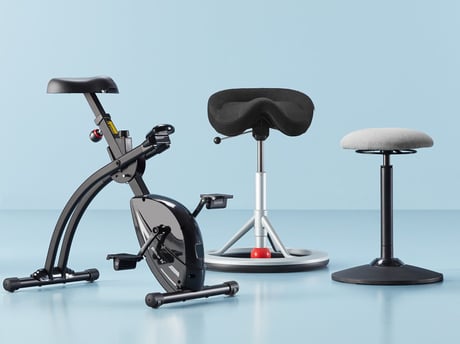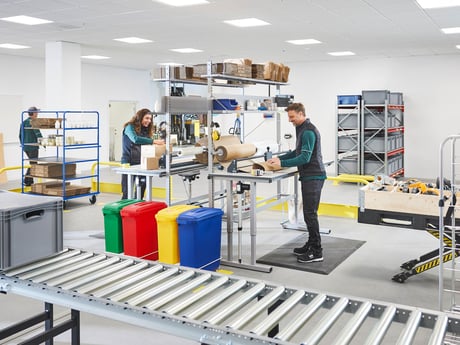- AJ Products UK
- Blog: Tips to Inspire Happiness at Work
- Tips & trends
- What does organisational wellness mean for the workplace?

What does organisational wellness mean for the workplace?
Why Workplace Wellness Matters
A workplace that prioritises health and wellbeing sends a strong message: employees are valued. That in turn boosts morale, loyalty, and engagement.
According to the Chartered Institute of Personnel and Development (CIPD, 2024), workers that experience conflict, exhaustion, or excessive pressure report significantly lower job satisfaction and poorer perceptions of fairness at work. Seventy-seven per cent of employees facing these stressors felt dissatisfied with their jobs, and 55% believed they were not fairly paid for their responsibilities. Such negative experiences often translate into higher turnover and disengagement.
In contrast, the CIPD found that organisations fostering supportive environments, where employees feel psychologically safe and valued, achieve better outcomes across morale, job satisfaction, and motivation. Workplaces that provide flexibility, manageable workloads, and open communication create the conditions for sustainable performance and healthier teams.
What Does a Workplace Wellness Programme Involve?
- Health checks: Offering routine check-ups at work helps staff stay on top of their health without needing time off. From blood pressure and cholesterol to eyesight and BMI tests, these checks take only a few minutes.
- Mental health support: Train managers in mental health first aid, offer counselling, or create quiet spaces for reflection.
- Movement and ergonomics: Encourage regular breaks, use sit-stand desks, or providing ergonomic seating that supports good posture.
- Nutrition initiatives: Provide healthy cereals, fruit, and yoghurt once a week. Consider bringing in a nutritionist or chef to share simple, healthy recipes.
- Massages: On-site massage therapy remains one of the most popular wellness options, offering both physical and mental benefits.
- Work-life balance: Support flexible and hybrid working to reduce stress and improve focus.
Modern Ideas for Promoting Workplace Wellness
- Create a wellbeing zone - Turn an unused space into a quiet area for stretching, meditation, or relaxation.
- Encourage active working - Introduce standing meetings, desk bikes, or height-adjustable desks to reduce sedentary time.
- Offer gym or class partnerships - Partner with local gyms or wellness providers to offer staff discounts.
- Support digital wellbeing - Promote screen breaks and healthy communication boundaries to prevent digital fatigue.
- Run wellness challenges - Monthly step counts, hydration goals, or mindfulness challenges can motivate teams while building camaraderie.
Low-Cost Wellness Ideas for Small Businesses
- Organise lunchtime walking groups or morning stretch sessions.
- Run a “Mindful Monday” activity or five-minute meditation break.
- Offer flexible start and finish times to reduce commuting stress.
- Recognise and celebrate staff achievements regularly.



